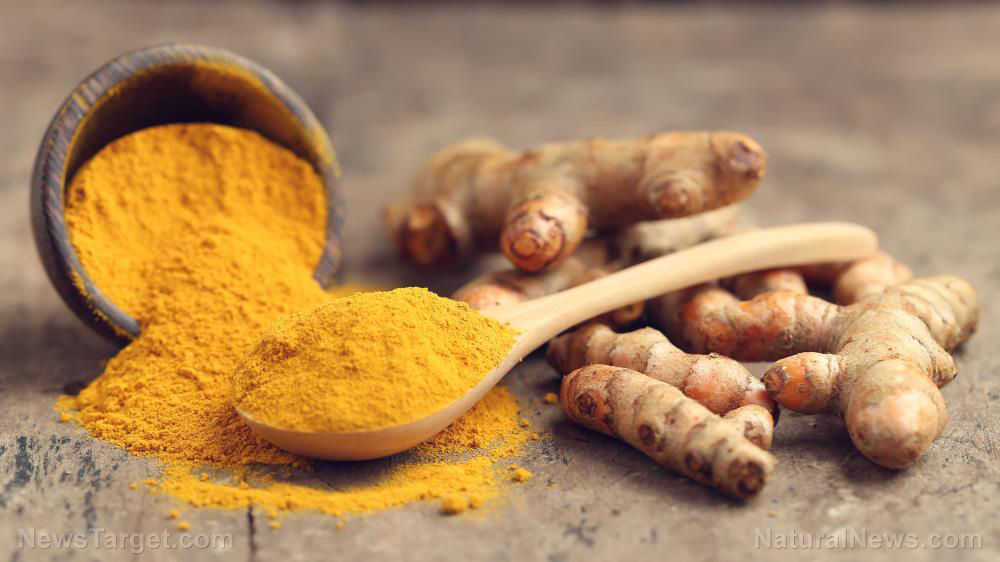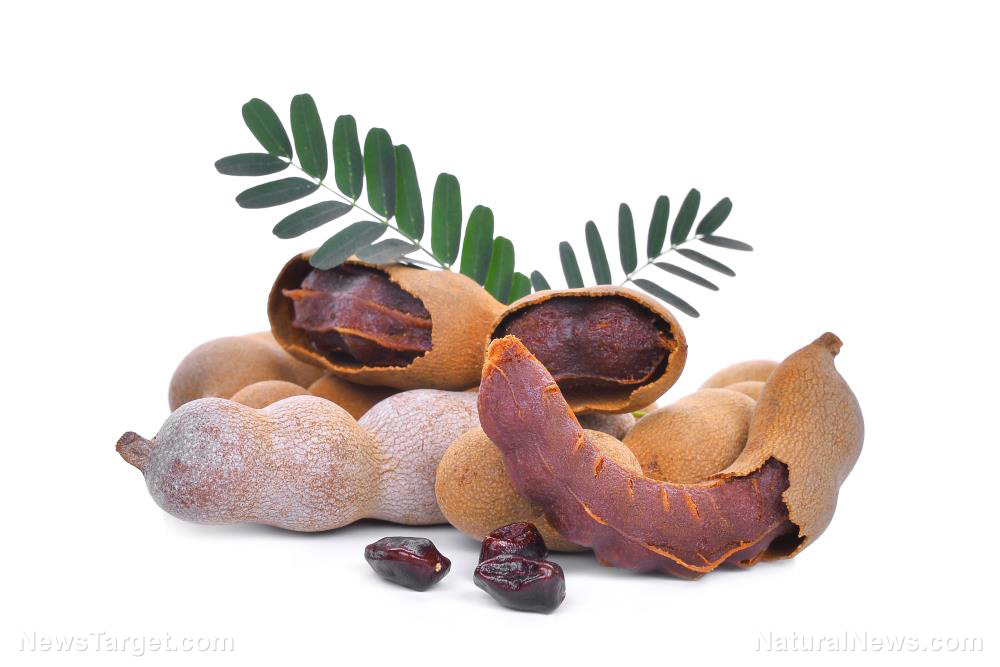Tamarind, a tropical fruit used in traditional medicine, found to kill drug-resistant bacteria
11/17/2018 / By Ellaine Castillo

One of the most worrisome health problems in the modern world is the rise of drug-resistant bacteria. Most people believed that with the development of antibiotics, bacterial infections would be a thing of the past. However, they didn’t account that the same drugs would be responsible for the resistant bacterial strains that plague us today. Because of this, the development of antibacterial treatments is now back at square one. Fortunately, there are many traditional remedies that have great potential in treating infections. Researchers from Tiradentes University and the Federal University of Sergipe in Brazil found a possible treatment for diseases caused by drug-resistant bacteria in tamarind (Tamarindus indica).
Natural products are rich in phytochemicals like tannins, terpenoids, alkaloids, and flavonoids that are known for their antibacterial activities. Among these compounds, the most promising are phenolic compounds since they can interact strongly with proteins, lipids, and carbohydrates in cells. Because of these phytochemicals, many researchers are now turning to plants as potential remedies for infections caused by drug-resistant Pseudomonas aeruginosa and Staphylococcus aureus strains.
Tamarind is a tropical fruit known for its sweet and sour flavor, which is why it is commonly used for culinary purposes. However, its use is not just limited to the kitchen. Many practitioners of traditional medicine use the beverage form of tamarind as a treatment for diarrhea, constipation, fever, and peptic ulcers. Moreover, the bark and leaves of the plant are used to promote wound healing. In recent years, it was revealed that tamarind contains ascorbic acid, beta-carotene, polyphenols, and flavonoids, which are possibly responsible for its different biological activities.
100% organic essential oil sets now available for your home and personal care, including Rosemary, Oregano, Eucalyptus, Tea Tree, Clary Sage and more, all 100% organic and laboratory tested for safety. A multitude of uses, from stress reduction to topical first aid. See the complete listing here, and help support this news site.
In this study, which was published in the journal Pharmacognosy Research, the researchers evaluated the antibacterial activity of hydroethanolic leaf extracts of tamarind, as well as another medicinal plant cassava (Manihot esculenta). They tested these extracts against four bacterial strains, including a clinical isolate of P. aeruginosa and three drug-resistant S. aureus strains. The researchers observed that tamarind significantly inhibited the growth of all bacterial strains. Meanwhile, cassava was only effective against P. aeruginosa. From this, it can be determined that tamarind has potential use in treating drug-resistant bacterial infections.
The authors of the study also determined the phenolic content of the extracts and their corresponding antioxidant activities. They observed that tamarind had higher total phenolic content and antioxidant activity than cassava, which is in line with the direct relationship between these two factors. From these observations, the researchers hypothesized that the antibacterial activity of tamarind involves these compounds. Some of their proposed mechanisms include reducing protein expression and increasing cell membrane permeability. However, these have not been verified.
Overall, the results of this study showed that tamarind and cassava have potent antibacterial activity. However, only the former has potential use in treating drug-resistant S. aureus infections. (Related: MRSA superbugs actually caused by widespread antibiotics use in the 1960s.)
Other benefits of tamarind
Tamarind is a very nutritious fruit that everyone should include in their diets. It is rich in nutrients, such as the following:
- Potassium
- Phosphorus
- Magnesium
- Calcium
- Vitamins C, A, B and K
- Sodium
- Zinc
- Riboflavin
These nutrients contribute to the many health benefits of tamarind, which include:
- Improving digestion — Tamarind is a good source of dietary fibers that promote good digestion. These nutrients work by improving muscle movement of the intestinal tract and increasing the production of bile.
- Protecting heart health — Eating this fruit effectively reduces blood pressure and cholesterol levels. These activities can be attributed to the presence of fibers, potassium, and vitamin C. Moreover, tamarind is also a good source of iron so it can improve blood circulation to support healthy functioning of the heart and other organs.
- Promoting weight loss — Although tamarind contains sugar, eating it will not contribute to weight gain. In fact, it can even promote weight loss due to the presence of hydroxycitric acid. This compound inhibits enzymes involved in fat storage. In addition, tamarind also increases serotonin production, which leads to reduced appetite.
For more articles about the different health benefits of tamarind, visit NaturalHealth.news.
Sources include:
Tagged Under: antibacterial agents, antibiotic resistance, Antimicrobial, antioxidants, Cassava, drug resistance, fruits, Manihot esculenta, Methicillin-resistant Staphylococcus aureus, mrsa, natural antibiotics, natural cures, natural remedies, natural remedy, phenolic compounds, Pseudomonas aeruginosa, Staphylococcus aureus, Tamarind, Tamarindus indica, traditional medicine




















